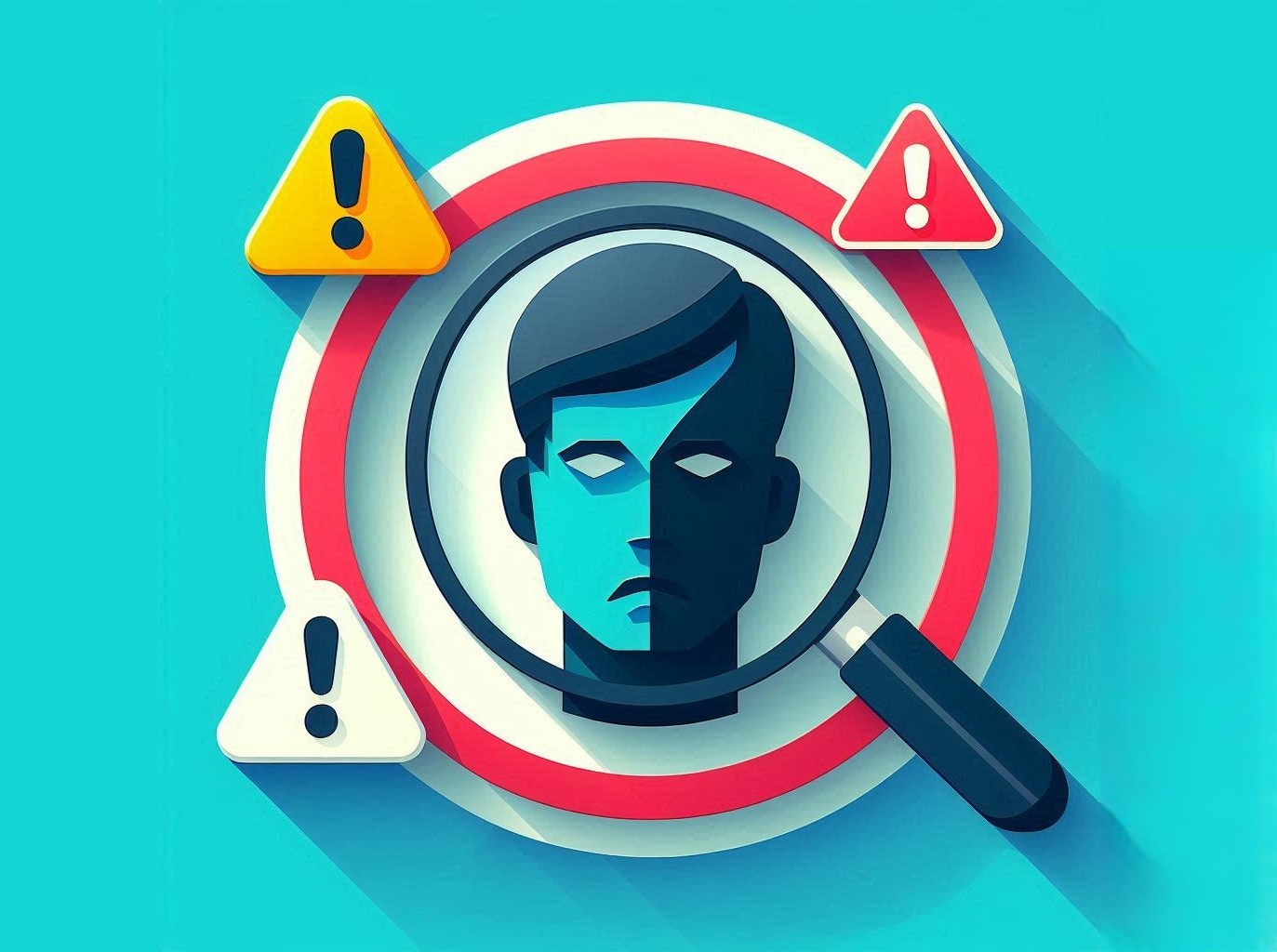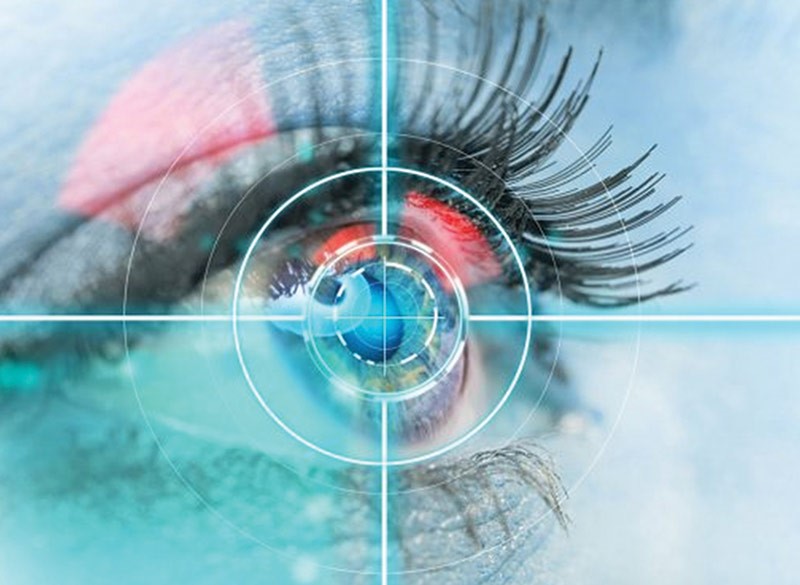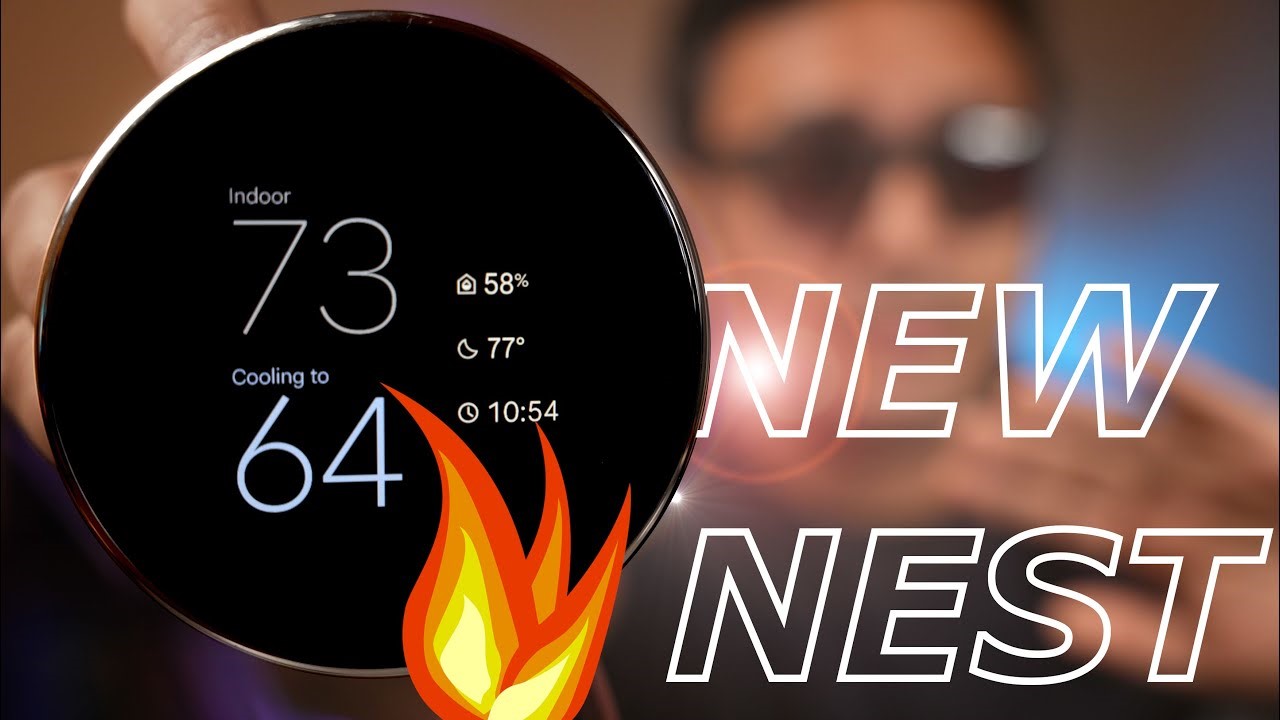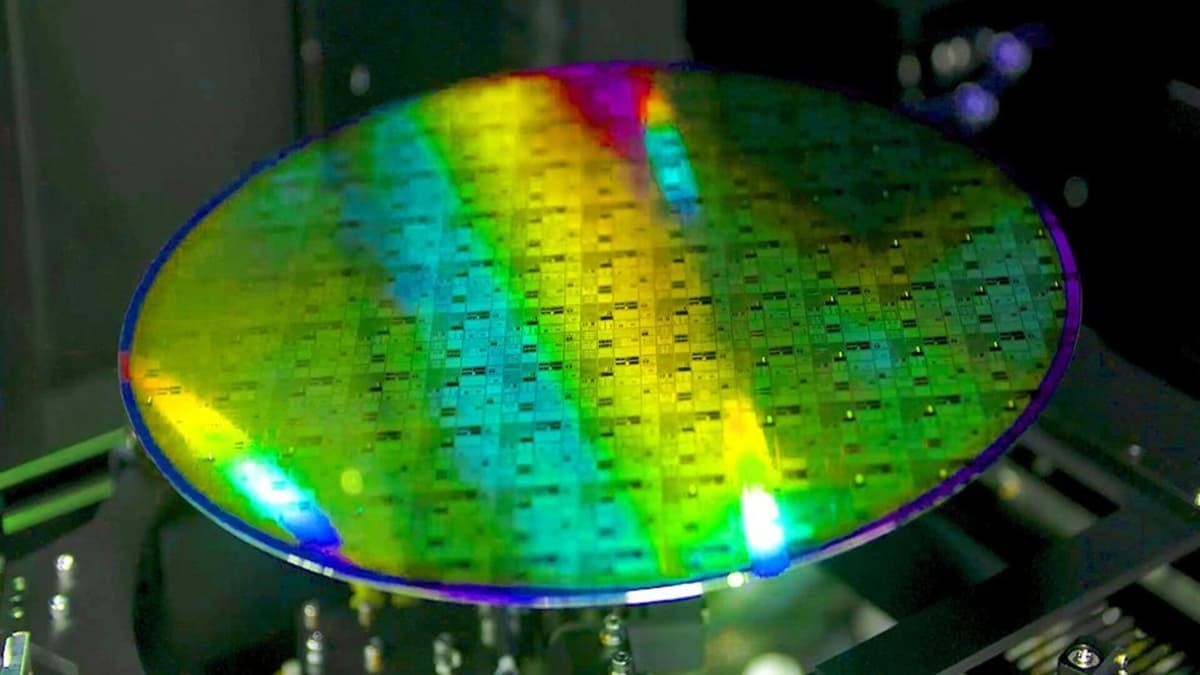Understanding Deepfake Technology: Dangers, Applications, and How to Spot Fake Videos
Deepfakes aren't inherently harmful — their impact depends on how they’re used. On the positive side, they’re transforming industries like entertainment, where filmmakers use them to de-age actors or recreate performances of late stars. Educators use them to bring historical figures to life, and marketers employ them for engaging, personalized content. Even law enforcement agencies are exploring deepfakes for simulations and training.
However, the same technology can be weaponized. Deepfakes are increasingly used to spread fake news, manipulate public opinion, impersonate individuals for fraud, or blackmail victims with fabricated content. These deceptive uses pose serious risks to privacy, reputation, and even national security.

Figure 1. Spot Fake Videos.
Positive Uses of Deepfakes
- Entertainment & Media: Used to de-age actors, recreate deceased performers, and enhance voiceovers in films and audiobooks.
- Education: Helps bring historical figures to life, making lessons more engaging.
- Marketing & Virtual Experiences: Enables interactive campaigns and immersive brand presentations.
- Criminal Investigations: Assists law enforcement in recreating scenarios and improving communication tools.
Negative Uses of Deepfakes
- Misinformation & Politics: Used to spread fake news, manipulate public opinion, and fuel political tensions.
- Fraud & Identity Theft: Scammers impersonate public figures to steal money or sensitive data.
- Blackmail & Exploitation: Falsely portrays individuals in compromising situations, causing serious harm.
How to Spot a Deepfake
- Check the Source: Only trust content from reputable outlets.
- Reverse Search: Use Google or Bing to trace images or videos.
- Cross-Check News: If no reliable media is covering it, be skeptical.
The Impact of Deepfakes on Companies
Deepfakes pose a serious risk to businesses. Cybercriminals are increasingly using them to impersonate executives, leak fake statements, or orchestrate financial fraud. A striking case in 2020 involved a deepfake voice of a CEO convincing a Dubai bank director to approve a $35 million transfer — all based on what sounded like a real conversation. Figure 1shows Spot Fake Videos.
To protect themselves, companies must educate their staff, especially leadership, on recognizing suspicious audio and video. Verifying payment requests or sensitive decisions through multiple channels is also crucial. More firms are now adopting AI-based cybersecurity systems to detect manipulated media and enforce digital content policies.
Staying Safe in a Deepfake World
What started as novelty tech has grown into a widespread digital threat. With today’s tools, anyone can make a deepfake — no expertise required — which means everyone is vulnerable.
If you see something suspicious, don’t rush to share it. Take time to verify its source, run reverse searches, and consult reliable news sources. Reporting fake media to platforms like YouTube or Instagram helps curb its spread.
While deepfakes are becoming harder to detect, raising awareness and using the right technology can stop their damage before it spreads. Staying alert and informed is the best defense in a world where not everything is as it seems.
Reference:
- https://www.digitalinformationworld.com/2025/05/blog-post_16.html
Cite this article:
Keerthana S (2025), Understanding Deepfake Technology: Dangers, Applications, and How to Spot Fake Videos, AnaTechMaz, pp.325















